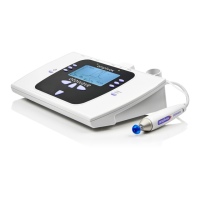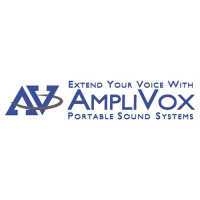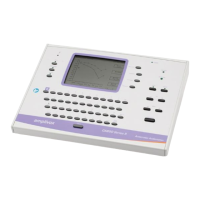What does Measurement timed out Indicator LED b and c flash fast mean on AmpliVox Medical Equipment?
- VVeronica Ellis MDSep 4, 2025
If the AmpliVox Medical Equipment displays 'Measurement timed out' and LEDs b and c flash rapidly, it can happen when the ear seal check is set to EXTENDED, or the pump failed to achieve the starting pressure within 4 seconds, or the pressure failed to reach -400 daPa within 12 seconds. Reposition the probe and retry the test.



